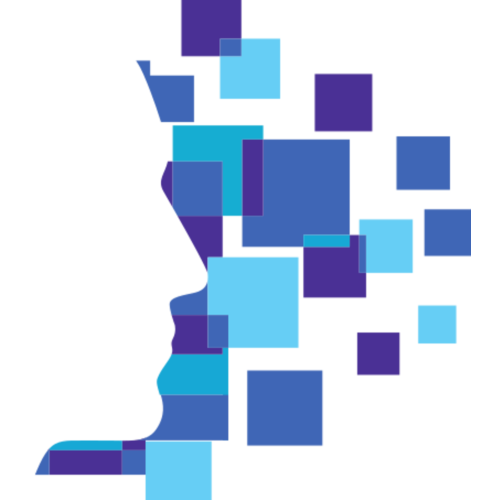When We first started as internal change consultants, the company was struggling. Leadership was focused entirely on short-term profits to appease anxious shareholders. Rigid hierarchies and siloed departments constrained innovation. Employees felt burnt out and unheard. Customer satisfaction was steadily declining.
The company's situation exemplified the perils of a company fixated solely on one narrow definition of value—in this case, keeping stock prices and executives happy momentarily. They had lost sight of their broader purpose and capacity to create sustainable, balanced value for multiple stakeholders.
We knew focusing entirely on shareholders was untenable long-term, but convincing leadership of that reality and forging a new path is tricky without proof of concept. That's when We created the TriValue Company model. Here was a framework for optimizing value not just for customers and investors, but equally for employees and organizational resilience. It provided the blueprint we needed to guide the company's transformation.
Our first step was sharing the TriValue concept with leadership to bring them on board. At first, they were skeptical that pursuing "social benefits" would do anything but erode profits. However, I helped them recognize how improving workforce wellbeing and sustainability fosters agility, innovation and loyalty that ultimately strengthen the company. We pointed to research showing how purpose-driven brands outperform.
Once leadership approved a small-scale pilot, we implemented key elements of the TriValue approach within one department. We trained teams on the three value dimensions, helped them select Spot Indicators to track progress, and revised processes to consider balanced outcomes. Daily stand-ups now included discussing impacts on employees, not just deliverables. retrospectives explored what value meant for different groups and how to optimize it together.
The results were striking. Productivity rose, employee churn decreased, and customer satisfaction increased significantly. Having proof of concept, we worked with leaders to develop a phased plan for company-wide adoption of the TriValue mindset. We engaged employees at all levels to shape the rollout. Training emphasized how the model benefited everyone through shared progress, not more work.
Over time, we saw Acme's culture truly transform as TriValue took hold. We weren't solely chasing short-term profits anymore but optimizing for endurance through balancing priorities. Employees felt genuinely empowered as partners, energizing innovation. By creating value for employees, customers, and investors simultaneously, Acme gained a competitive edge that delivered on all fronts.
Though the road was long, this company exemplifies how the TriValue Company model can guide organizations toward resilience and shared success, even when leaders are initially resistant.
